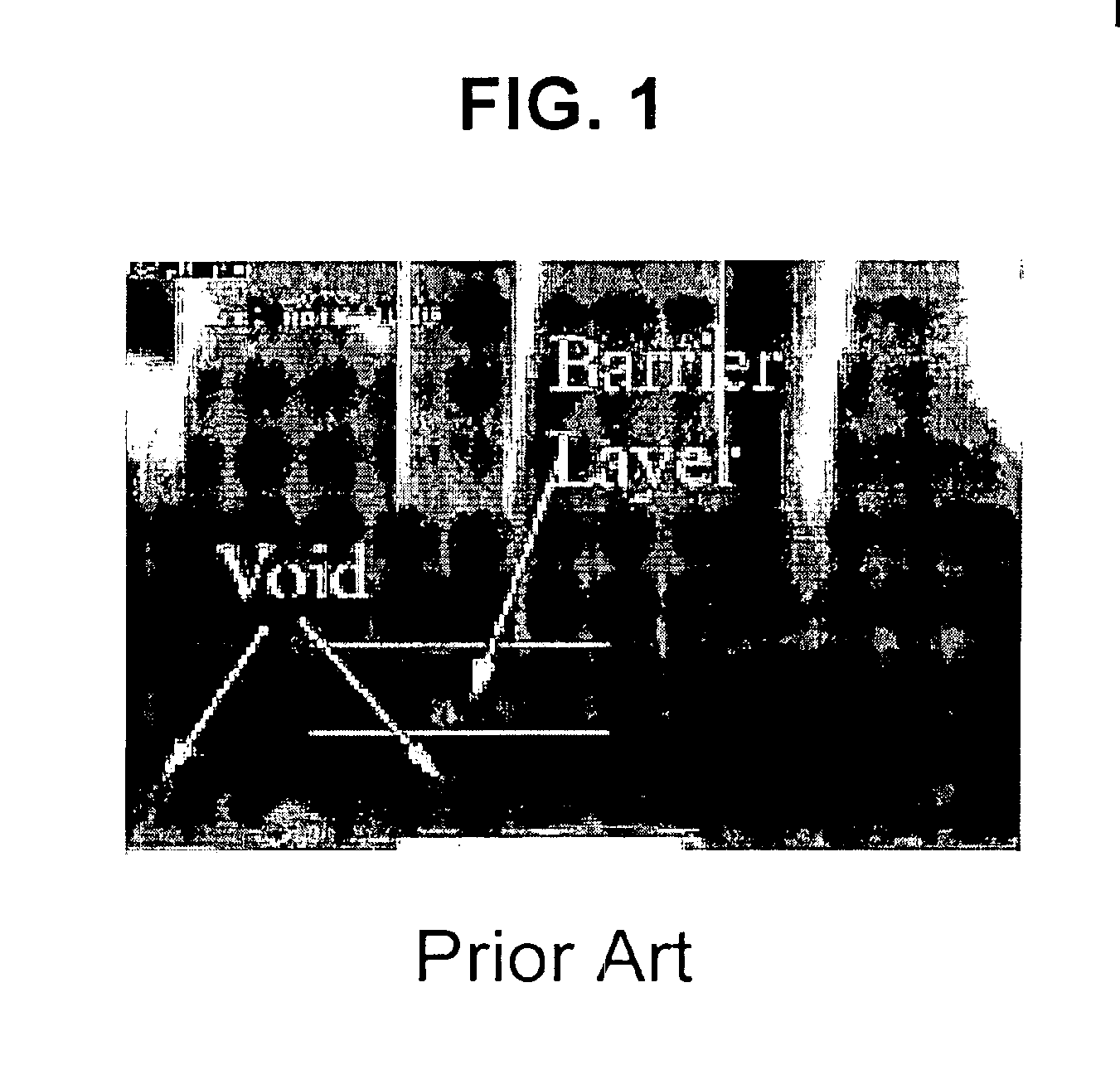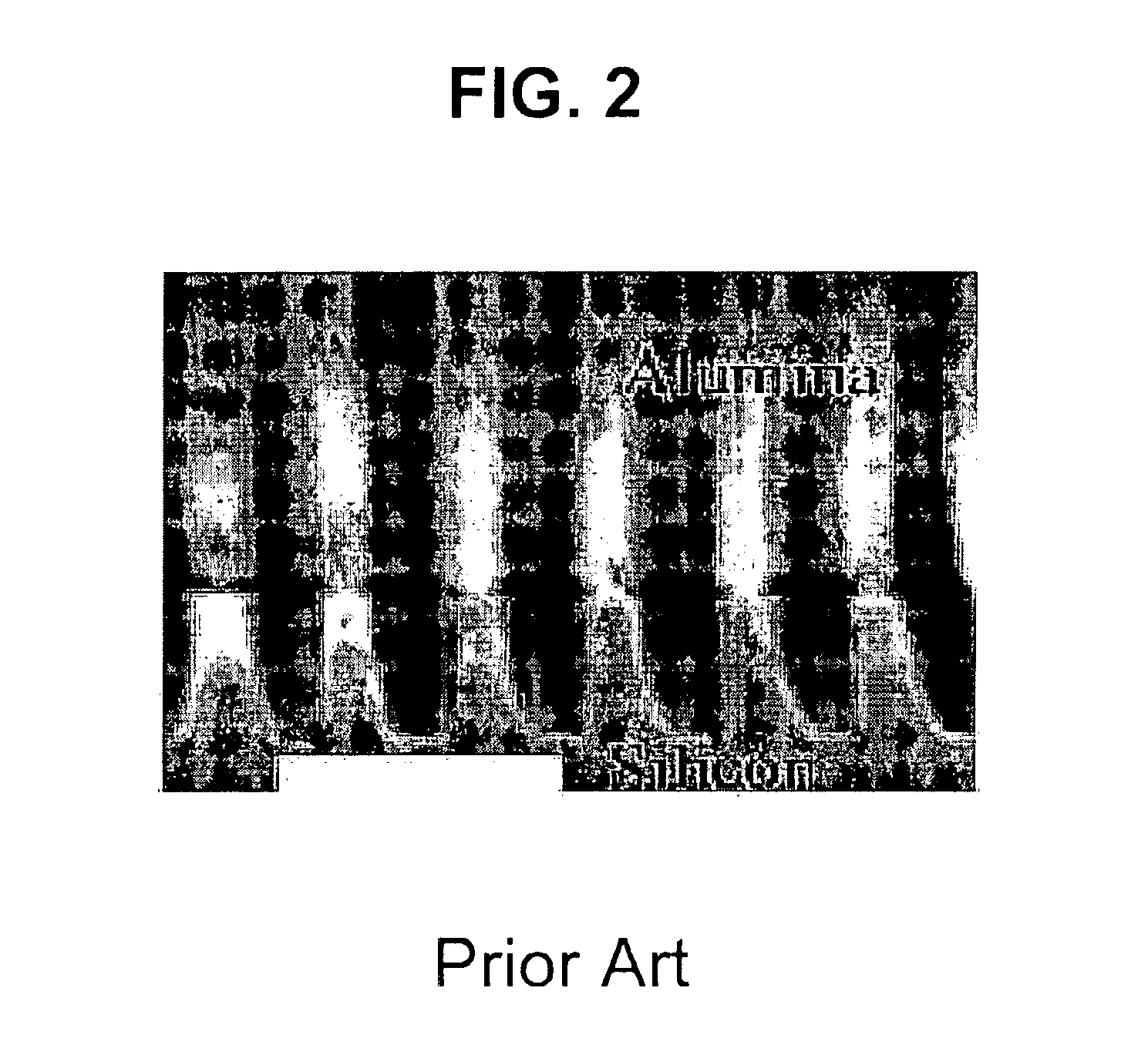Enabling nanostructured materials via multilayer thin film precursor and applications to biosensors
a nanostructured material and precursor technology, applied in the direction of material electrochemical variables, manufacturing tools, soldering apparatus, etc., can solve the problems of limited application of porous alumina system, inability to eliminate the insulating oxide barrier layer, and limited application of nanowire deposition
- Summary
- Abstract
- Description
- Claims
- Application Information
AI Technical Summary
Benefits of technology
Problems solved by technology
Method used
Image
Examples
Embodiment Construction
It is advantageous to define several terms before describing the invention. It should be appreciated that the following definitions are used throughout this application.
Definitions
Where the definition of terms departs from the commonly used meaning of the term, applicant intends to utilize the definitions provided below, unless specifically indicated.
For the purposes of the present invention, the term / symbol “95% CI” refers to a 95% Confidence Interval of measured data from anodization instrumentation.
For the purposes of the present invention, the term / symbol “CV” refers to a Cyclic Voltametry electrochemical analysis such as described by Bard and Faulkner, see Bard, A. J. and L. R. Faulkner, Electrochemical Methods: Fundamentals and Applications, Second ed. 2001, New York: John Wiley and Sons, 833, the entire contents and disclosure of which is hereby incorporated by reference.
For the purposes of the present invention, the term / symbol “dpore” refers to an anodic alumina pore diamet...
PUM
| Property | Measurement | Unit |
|---|---|---|
| Diameter | aaaaa | aaaaa |
| Depth | aaaaa | aaaaa |
| Diffusion barrier | aaaaa | aaaaa |
Abstract
Description
Claims
Application Information
 Login to View More
Login to View More - R&D
- Intellectual Property
- Life Sciences
- Materials
- Tech Scout
- Unparalleled Data Quality
- Higher Quality Content
- 60% Fewer Hallucinations
Browse by: Latest US Patents, China's latest patents, Technical Efficacy Thesaurus, Application Domain, Technology Topic, Popular Technical Reports.
© 2025 PatSnap. All rights reserved.Legal|Privacy policy|Modern Slavery Act Transparency Statement|Sitemap|About US| Contact US: help@patsnap.com



